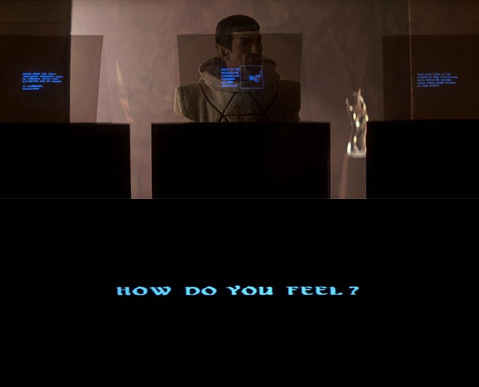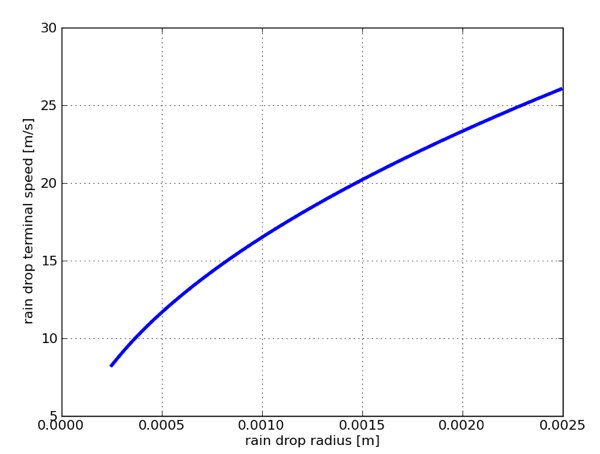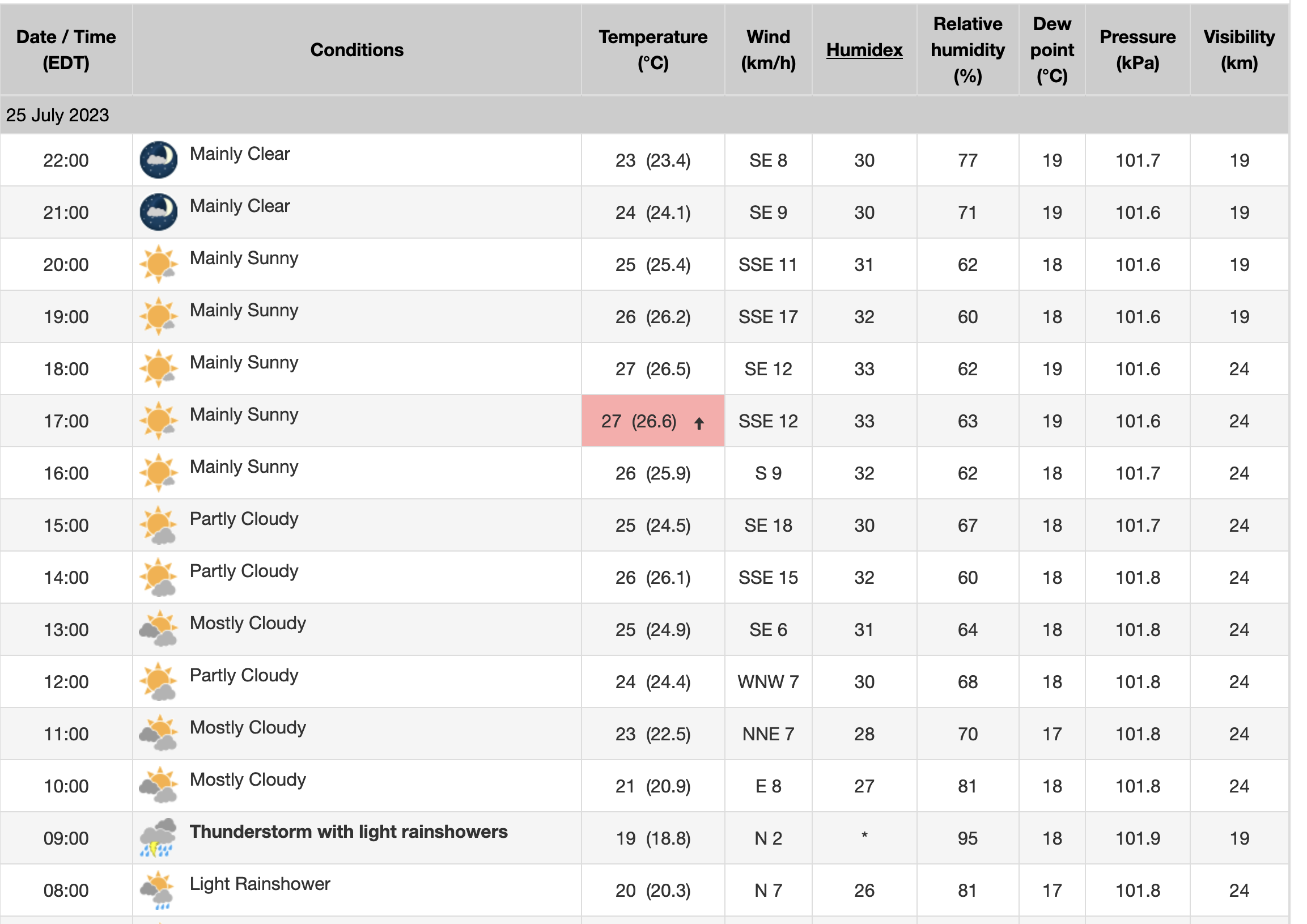Please note that this is one a series of posts, all of which may contain spoilers for the MCU, and particularly Endgame.
“Shakespearean Drama.” If you read any articles about Thor (2011), it’s hard to miss the choice of Kenneth Branagh, an acclaimed Shakespearean actor, as director. I had been expecting something of the sort when I watched the movie, but as it was happening, I realized that I didn’t really know what that meant.
It seemed to me a very human story, an uncomplicated story of youthful brashness and foolhardiness, leading to a fall from grace, redemption through discovering selflessness. A nice uncomplicated origin story (with one of a thousand faces)[1].
But so well told. It felt good all the way through, it made sense all the way through, the blending of magic & science worked all the way through. This is perhaps because of the way the character was originally conceived:
“Thor, at his best, has always had a classic bent in terms of his history, the way he speaks and the often Shakespearean dramas that surround him. That kind of dialogue and character needs someone who comes from a classically trained background in order for it not to sound forced or artificial. Branagh is the perfect choice.”
—J Michael Straczynski, co-writer of Thor, on Kenneth Branagh
“Thor’s powers are godly, yes … But at the end of the day, he’s a man … Odin sends him to Earth because he’s not perfect. He’s brash, arrogant. Even over-confident … he also bleeds. He struggles. Life kicks him where it hurts the most … You want to feel Thor’s rage when he rages. You want to see him fight like hell, and take as much as he dishes out — maybe more. You want to have a visceral reaction to the guy, and what happens to him. You don’t want his adventures to be clean and antiseptic. You want to see the dirt, and grime and blood. You want to feel every bone crunching moment of every fight. And when he unleashes the storm, you want to feel like you’re seeing the power of a GOD at work.”
—Ashley Miller, co-writer of Thor, about the project
Yes, world-shaking and family-shaking[2] Shakespearean Drama, all in one accessible package. That’s Thor (& his family).
The film opens with Thor triumphant[3], on his way to being named heir to the throne of Asgard, but the jealous younger[4] son Loki organizes an interruption to embarrass him, setting off the chain of events that cascade through most of the rest of the MCU Phases 1->3.[5]
The film does an interesting bait and switch, setting up the frost giants to be the antagonist, but even though Colm Feore[6] does a fine job as Laufey, I never particularly felt threatened by them (perhaps because I had seen the movie before, and we were watching it on a small screen). They could have used more time/space to set them up as a more believeable adversary.
But the bait and switch still worked, as it didn’t occur to me until later, that it was indeed Loki who had orchestrated the original break-in (even fooling the all-seeing Heimdahl), to embarrass his brother. It wasn’t until a little later, that he tipped his hand and fully became the overt antagonist.
But was he really? You can say that Odin had the best interest of the Nine Realms in mind when he kidnapped Loki, to raise him as Asgardian[7], but ultimately, he didn’t do it well enough, perhaps because he didn’t know about the idea of ‘Sevastokrator‘, a power-sharing agreement to help younger children work together with their older siblings (You could also see the ceremony of naming Thor heir being this type of ceremony, but he must have known, after hundreds of years of raising him, how Loki would react…).
So, maybe the real antagonist of Thor (and Phases 1-3) was Odin’s inability to emotionally communicate and connect with his family[8]. This eventually ends the movie, with Loki, unwilling to accept that he has failed his father, voluntarily letting go and falling off the Bifrost into oblivion[9].
But there’s other aspects of toxic masculinity, not just Odin’s inability to communicate, or to defuse competition between his children, there’s the aftereffects of this, Loki’s mocking Thor being ‘soft’ for caring about Earth, because he cares for one of the people there, even trying to turn it against him, to try to get Thor to stop trying to prevent Loki’s genocide of the Frost Giants, by saying ‘you’ll never see her again’ if he breaks the Bifrost bridge[10].
As far as other characters in the movie, we were surprised that Coulson was such a hard-nosed, by-the-book agent (although he did vote for science in allowing Thor to try to wield the hammer), and not really a likeable character (Perhaps J.J.Abrahms made all the difference there, in ‘Avengers’.)
Natalie Portman got to be a strong, intelligent woman, to be the first to really understand what is going on with the Einstein-Rosen (bifrost) bridge[11]
It did feel kind of like an odd couple, with Thor being so massively muscled. It was nice, that he did remember to steal her notebook on the way out, as he had promised.
Darcy also showed indications of how she would be stealing the show in Thor:The Dark World, especially with little comedic timing gestures like getting her taser[12] ready as they’re talking about going to find Thor again.
Later in the movie, we have a touching moment, where Erik Selvig comes to rescue Thor in custody (and pretends that he is ‘Donald Blake'[13], in a fun comic callback). Remembering Thor calling Erik Selvik ‘He is a friend’ when they discover he is under control by Loki has so much more poignancy when you see the scene where he is the one to go drink with him, where Thor opens up about how he is truly feeling about being cast out, that Erik is the one who was there when he needed someone the most.
I also enjoyed the ‘Son of Coul’ moment, where Thor declares himself an ally of Midgard, and promises to return. (Not to be confused with the cute Coulson moment, where he confronts the Destroyer with a megaphone.)
So, what did Thor learn in this film? That he had more to learn…that some humility is in order, that he does not always have the answers, and that his decisions can get people killed. Perhaps some sense of the responsibility of defending all nine of the realms, not just Asgard. Maybe even the sense that even when he is cast out, and at his worst, that there are people who will care about him, just for himself.
There’s also always the danger that every time you surmount another unsurmountable foe/obstacle, it’s another opportunity to become arrogant? This is a common human failing, and also allows second movies (such as Iron Man 2), but is perhaps not as well understood as a concept, and is perhaps why those second movies fail more often[14].
What defences against Thanos fall in this movie?
– The Destroyer (would not have stood up to Hela, but would have perhaps allowed some help vs. Thanos’ minions)
– S: “It could rotate like that, because there’s nothing inside.” As a design, it’s a really interesting piece of machinery, and bespeaks some really good industrial design in Asgard’s past.
– The unity of Thor & Loki (really, Loki) as protectors of Asgard & the Nine Realms
– Odin has to enter the odinsleep
– Frost Giants are no longer really possible allies
What alliances/defences are forged?
– Thor & SHIELD/Jane Foster
[1] It might fall under ‘Voyage & Return‘, but it is for sure a ‘Hero’s Journey‘.
[2] I think the key here is to have the world-shaking events, but to also have the family-shaking events happening at the same time, having the family-shaking events be almost a synecdoche or accessible proxy for the world-shaking events.
[3] Well, it starts with him being hit by a van, but that’s beside the point…
[4] ‘Younger brother'[15], the trope of so much fiction (and history), caused by the flawed practice of Primogeniture. Like many older concepts, it might have been one that humans had to pass through on the way to greater enlightenment. Perhaps better than Partible Inheritance[16], but only a stepping stone towards modern republics & representative democracies[17].
[5] One could argue that Loki letting the Frost Giants past Heimdahl, leading to Thor’s overreaction, leading to Thor being banished to Earth, leading to SHIELD increasing activity to deal with external threats, leading to Loki being cast out, to working with Thanos, to the invasion of Earth, to Tony’s PTSD, to Ultron, to the Sokovia Accords, to the Civil War, to the death of Frigga & Odin, to the unpreparedness for the Infinity War, to the eventual resolution, is the main arc of the series. I feel like it is still a point of contention as to whether this was a ‘best’ (or even good) way for this to turn out, but 1 in 14,000,605 should tell you something.
[6] I first heard of Colm Feore as being that famous person performing in Toronto musicals. I’m glad to see him doing so well. 😀 Also, he had a super-interesting note about the power of ‘Shakespearean Shorthand’:
“He said the Shakespearean training he shared with Hopkins and director Branagh helped keep production moving briskly, saying that “during the breaks, Tony, myself and Ken would be talking in Shakespearean shorthand about what the characters were doing, what we thought they may be like, and how we could focus our attention more intelligently. These were discussions that took no more than a few minutes between takes, but they allowed Ken, Tony and [me] to understand each other instantly without Ken taking an hour away to explain to the actors exactly what was going on. So that was enormously helpful.”
[7] So much colonialism in this movie, that I don’t have the chops to fully dissect.
[8] Made explicit in conversations between Loki & Thor in Thor:Ragnarok.
[9] Well, ‘Avengers’.
[10] I really enjoyed the portrayal of the Bifrost bridge (the bridge to the sphere where the Bifrost emerges from) as some sort of conduit from some power source in the heart of Asgard to the (probably dangerous) sphere that emits the Bifrost. (Interestingly, there are electrical discharges when making the Bifrost happen, which might be dramatic license, or they may be associated with Thor’s power (or indicate something fundamental about the connection of Thor’s power with the power of Asgard), or they may be something that falls out of Wormhole equations.)
[11] I have all kinds of questions after Thor:Ragnarok & Infinity War about where Thor’s power comes from, and how the Bifrost works after Asgard has been destroyed, even if Stormbreaker is made of Uru metal.
[12] I always took the fact that Thor was susceptible to tasers to be an indication that he had lost his powers (or at least confidence, similar to Thor:Ragnarok, with the control chip).
[13] Interestingly, Marvel seems to really enjoy taking people who have or feel a duality, and then doing the gedanken experiment of ‘what if they were separate people?’, or ‘what if they grew apart?’ We see this with Hulk’s story arc, and apparently it happened in the comic books with Donald Blake.
[14] This could also be selection bias, where 80% (made up number) of all movies fail, so having 80% of sequels fail is not unexpected.
[15] “Loki’s like a comic book version of Edmund in King Lear, but nastier.” (Edmund being an illegitimate son.)
[16] I became most aware of this concept from a problematic book I read a while back, which talked about the Partition of Poland (1138). Others might use more classical examples, such as Clovis, or the Partition of Babylon (or Triparadisus).
[17] One could make an argument here for an analogy with Polytheism -> Monotheism -> Atheism, but that would be outside our scope here.


